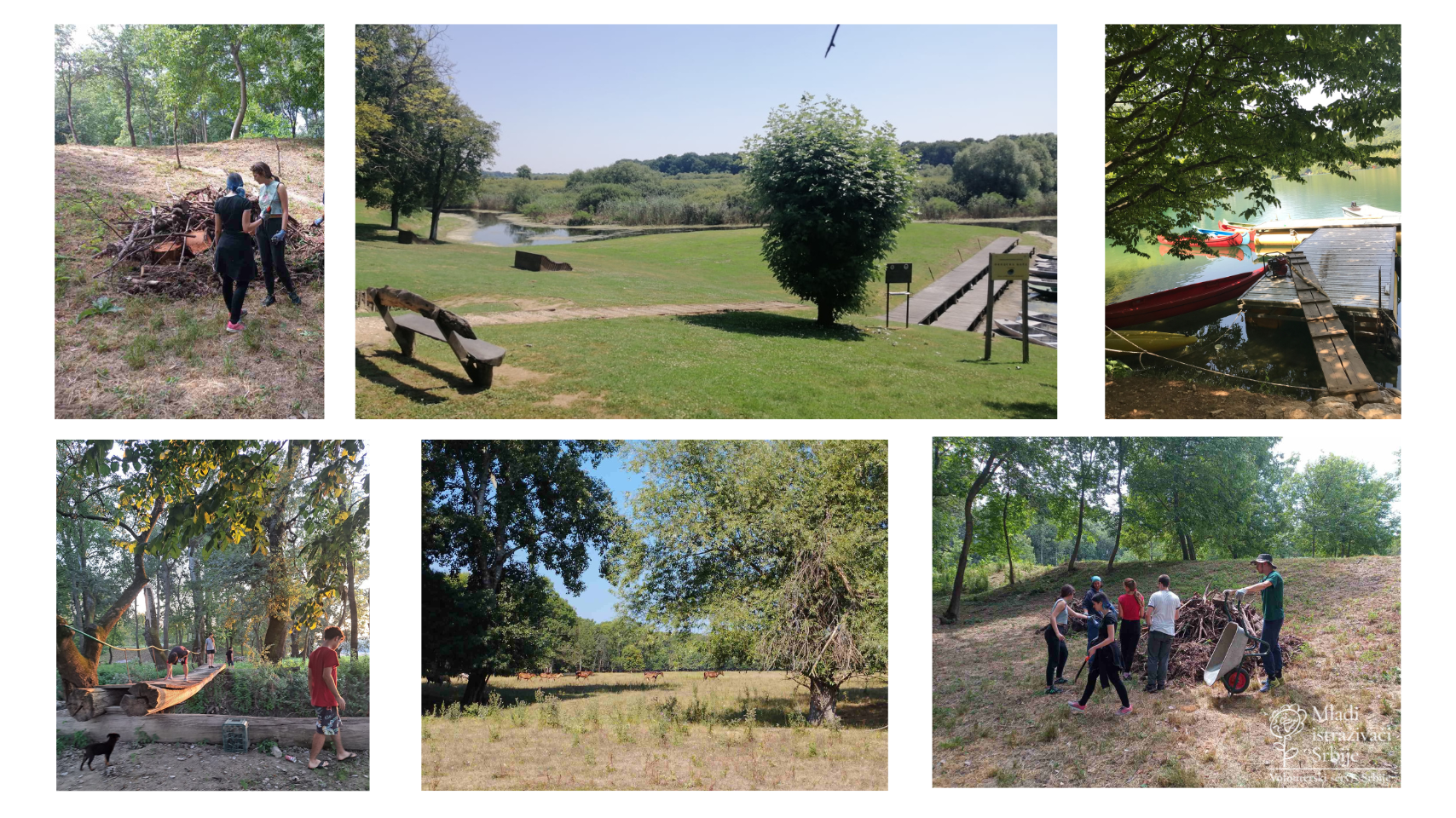WORLD WETLANDS DAY: CONSERVATION OF RAMSAR AREAS IN SERBIA
02. Feb 2024.
Every year, on February 2, World Wetlands Day is celebrated, dedicated to the protection of these valuable ecosystems. The Ramsar Convention, adopted in 1971 in the Iranian city of Ramsar, aims to preserve internationally important wetlands, especially as habitats for wading birds, which use these areas as rest areas, wintering grounds, and transit stops. Today, more than 170 countries participate in this global initiative.
Ramsar areas are internationally recognized locations of strategic importance for nature, water, and biological diversity protection. They include various ecosystems such as wetlands, ponds, lakes, rivers, meadows, and coastal areas and play a key role in the conservation of biodiversity and ecosystems. Their main inhabitants are birds, using these areas as rest areas, wintering grounds, and stopovers.
Apart from biological importance, Ramsar areas have other valuable aspects: they are called "kidneys of the planet" because of their capacity to purify water, they are very important for flood defense, they provide space for ecological tourism, etc. Various activities, such as fishing, walking, cycling or river boat rides, organizing workshops and other events, on the one hand allow visitors to experience the uniqueness of these natural resources, and on the other hand contribute to the financial sustainability of Ramsar sites, providing the necessary funds for their long-term protection.
Countries that sign the Ramsar Convention commit themselves to the conservation and sustainable management of these areas, to ensure their long-term preservation of vital ecological functions and well-being for people and the environment. From Serbia, 11 areas are included in this list and they are: SNR "Obedska bara", SNR "Ludaško jezero", SNR "Carska bara-Stari Begej", SNR "Gornje Podunavlje", SNR "Slano Kopovo", SNR "Zasavica", SNR "Labudovo okno", SNR "Peštersko polje", "Vlasina", SNR "Koviljsko-Petrovaradinski rit", and the last one included on this list is National Park "Đerdap", in 2020.
One of the oldest Ramsar sites in Europe is the Obedska bara in Srem, which is made up of diverse habitats and is an Important Bird and Biodiversity Area (IBA). The notes of naturalists from the end of the 19th and the beginning of the 20th century show that up to 4,500 pairs of black ibis gathered here during the nesting season. Due to the deterioration of the habitat, during the sixties of the last century, the nesting of the black ibis on Obedska Bara stopped.

Source: YRS
In order to carry out the revitalization and rehabilitation of the habitat, a comprehensive multi-decade project "Return of the Ibis" was launched, in which the Young Researchers of Serbia, together with the Provincial Institute for Nature Protection, the Provincial Secretariat for Urban Planning and Environmental Protection of Vojvodina, and the JP Vojvodina Forestry participate. The successful revitalization of the habitat was contributed by the involvement of the local government of Pećinci Municipality, numerous national and international institutions, and foundations, and especially the participation of volunteers, which enabled the return of rare species of birds, such as the black ibis and spoon heron.
Since 1997, the international camp "Bird Eldorado" has been regularly organized at Obedska Bara, which gathers volunteers from Serbia and all over the world. The project of the Young Researchers of Serbia at Obedska Bara received numerous national and international awards, standing out as an example of good practice in the involvement of volunteers in nature protection. It stands out as a successful model of cooperation between the management of the protected area, local communities, institutions and volunteers and shows that joint care of these habitats is necessary to preserve their value.
The text was created within the section "EcoReflektor" on the website zazivotnusredinu.bos.rs.
Author: Young Researchers of Serbia
